Research project
Writing and Iconography of Western Oaxaca
Mexico, between 500 B.C. and A.D. 900
- Funding
- Instituto Nacional de Antropología e Historia (INAH)
- Partners
Dirección de Registro Público de Monumentos y Zonas Arqueológicos (DRPMZA) of the Instituto Nacional de Antropología e Historia (INAH), Mexico.
Research question
What is the meaning of the Pre-Classic and Classic visual art? Which artistic themes and historical events are depicted? How did the graphic system itself develop, what are continuities and changes? What do these ancient sources tell us about the use and perception of time, commemoration and religious rituals? How are they related to the later Mesoamerican codices?
Short abstract
The investigation contributes to the decipherment of precolonial Mixtec archaeological monuments during the Preclassic period (400 BC-200 AD) and Classic period (200 AD - 900 AD), analyzing how themes and narratives developed over time. The structure of some of the inscriptions is based, in turn, on the structure of the Mesoamerican calendar. The general study of these materials allows to approach the religious symbolism, the intellectual thought and the construction of memory in the pre-colonial society in the region, while identifying the changes in style and iconography in over ten centuries.
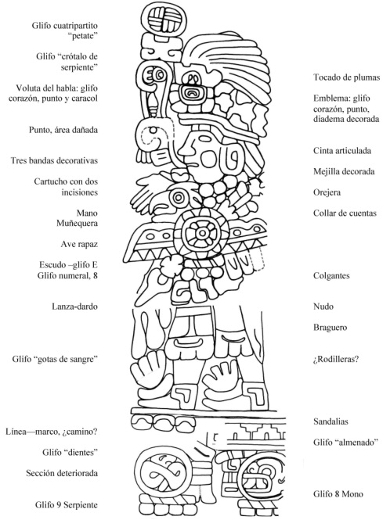
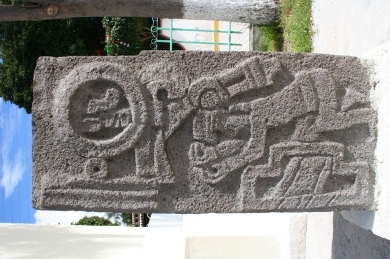
Social relevance
The project will contribute to a better understanding and appreciation of the archaeological, artistic and literary heritage of Mesoamerica, in particular of the Mixtec people. This has positive consequences for local historical and social-cultural consciousness, supports local indigenous education projects and the creation of community museums as well as "casas de cultura".
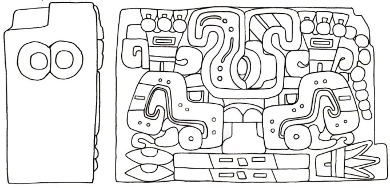
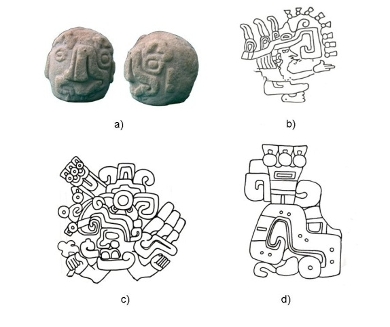
Scientific relevance
This topic is largely understudied. Important insights will be gained into the development of graphic registers in the Oaxaca region. The decipherment of individual monuments and scenes will contribute to a better and more general understanding of the contents of ancient inscriptions, signs and figurative scenes. By identifying individuals and their historical actions the archaeological image of the ancient world will become less anonymous and permit a better understanding of historical events and processes.
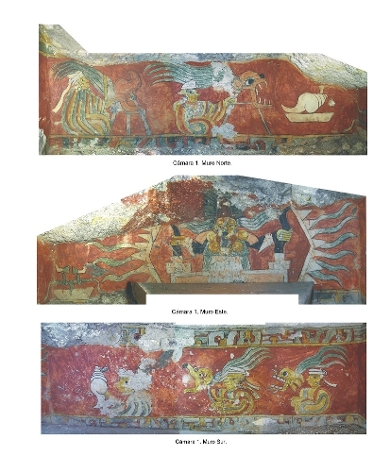
Why Leiden University?
The Faculty of Archaeology, Leiden University, has a strong focus on the study of ancient and present-day indigenous heritage in the Oaxaca region, particularly the language and culture of the Mixtec People. At the same time it has contributed strongly to the interpretation of ancient Mexican pictorial manuscripts (codices and lienzos) and related visual art. This is an ideal context for the present PhD research project.
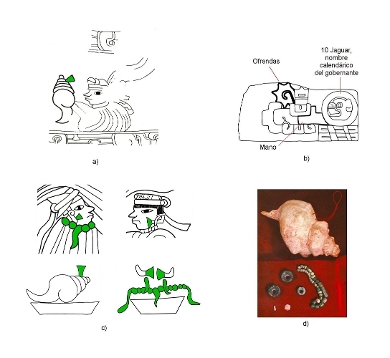
Material & Methods
This PhD research project examines different art-works from Western Oaxaca, following a systematic iconological method, paying due attention to the details of the representation as well as to the archaeological context and to relevant historical anthropological and linguistic information.
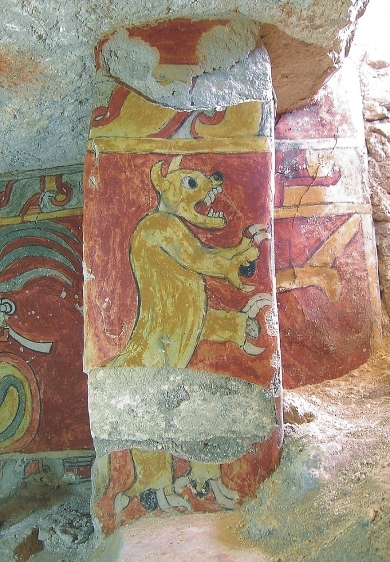
Results & Conclusions
The PhD research project aims at giving a full overview of the development of Western Oaxacan (especially Mixtec) writing and representational codes in the period before the famous Post-Classic Mixtec Codices.
